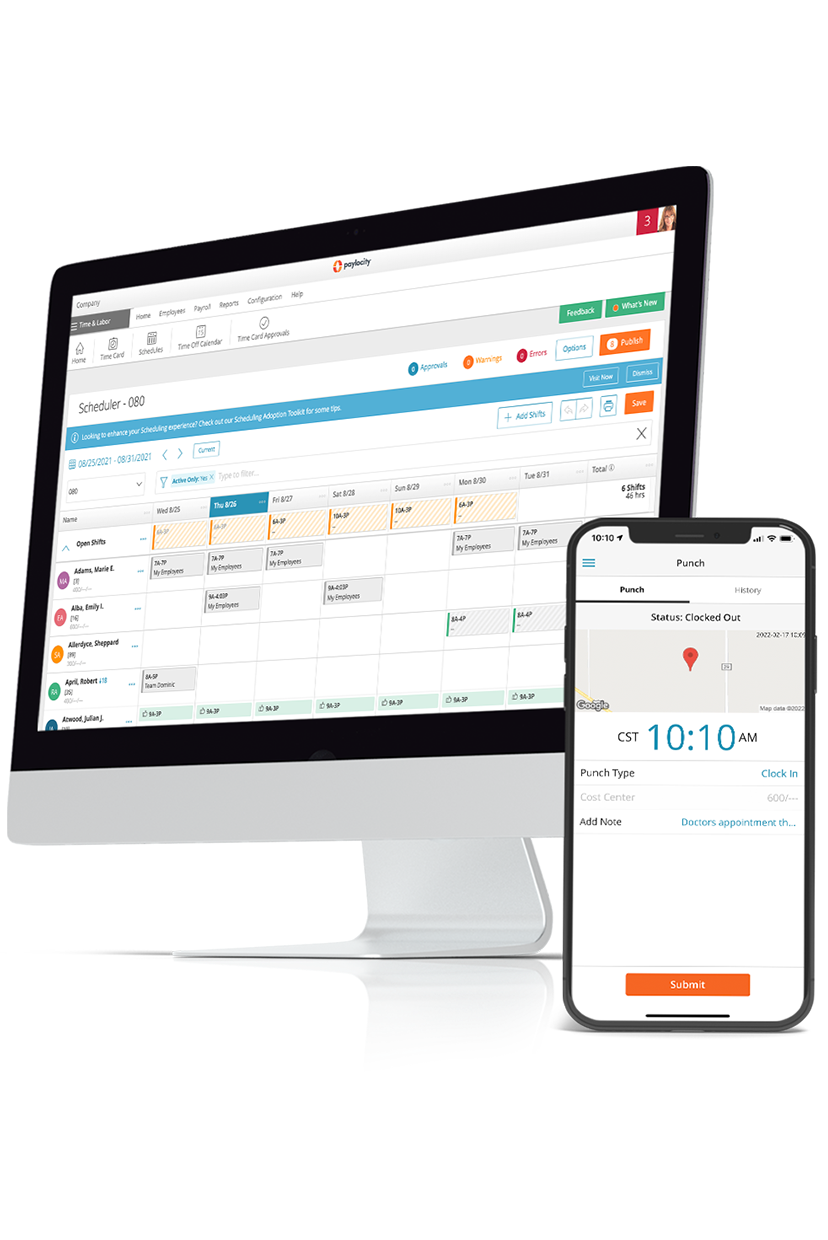Co-Employment
Summary Definition: A contractual agreement between two employers to share responsibilities for an employee.
What is Co-Employment?
Co-employment is an arrangement between two different businesses to share responsibilities for an employee. A business will normally handle the day-to-day employment decisions, while a professional employer organization (PEO) is responsible for tasks such as HR, payroll, or recruiting.
Co-employment is popular among small and medium-sized businesses, as it allows the business to dedicate its limited resources on core operations rather than administrative work.
Key Takeaways
- Co-employment involves two organizations, usually a business and a professional employer organization (PEO), sharing the responsibility for an employee, who becomes a co-employee.
- Co-employment advantages include better employee benefits, smoother HR processes, and fewer compliance concerns.
- Both parties need to have a clear understanding of their roles and responsibilities, outlined in a co-employment agreement, to avoid conflicts or misunderstandings.
Benefits of Co-Employment
Co-employment allows businesses to access specialized expertise and resources from external partners while sharing responsibilities and risks. This can enhance an organization’s workforce management flexibility and efficiency in multiple ways.
- Payroll Processing: In a co-employment arrangement, the PEO will often handle payroll-related tasks, such as wage reporting and calculating taxes, allowing the company it supports to focus on core business operations.
- Better Employee Experience: Partnering with a PEO means small and medium businesses can offer a range of employee benefits they might not otherwise be able to afford (e.g., health insurance and retirement planning).
- Compliance: PEOs are experts in employment requirements and legislation. Partnering with them gives a business access to industry experts who can help the company stay compliant.
- Flexibility: In a co-employment arrangement with a staffing agency, employers can more quickly scale their workforce to meet demand. The agency or PEO is responsible for hiring and onboarding employees, while the employer oversees their daily tasks.
Co-Employment vs. Joint Employment
Co-employment and joint employment are two similar concepts, but there are some key differences between them:
| Co-Employment | Joint Employment | |
|---|---|---|
| Day-to-Day Supervision |
The employer is responsible for assigning tasks to co-employees, carrying out performance evaluation, etc. The PEO doesn’t get involved in day-to-day processes. |
Both employers are involved in day-to-day processes, such as assigning tasks, setting schedules, reviewing work, etc. |
| HR Processes | The PEO handles HR processes (e.g., payroll, benefits, compliance, etc.) | Both employers are responsible for HR tasks. |
| Example | A PEO or employment agency who supplies staff to clients. | A franchisor who shares control over and responsibility for employees with the franchisee. |
Risks of Co-Employment
Co-employment does come with a few risks, such as potential liability for labor law violations and confusion over roles and responsibilities between the co-employers. Common risks can include:
- Legal Risks: Employers are still responsible for answering employment-related claims and lawsuits. If a staffing agency or PEO gets things wrong, the employer that trusted them could be held liable.
- Reduced Visibility: Employers may feel a lack of control or visibility over HR processes, making it difficult to confirm compliance or research organizational issues (e.g., pay equity).
- Reputational Risk: Employees might not be clear on their employer’s responsibilities and blame them for issues with their wages or benefits.
How Can You Avoid Co-Employment Issues?
Co-employment isn’t risk-free, but there are a few ways to limit the number of issues a company may face.
First, a business must ensure its classifications are correct. There are different responsibilities depending on whether a company hires an independent contractor or an employee.
Compared to a regular employee, an independent contractor usually doesn’t need to be supplied with tools or equipment, often works more independently, and can negotiate their own rate.
Second, a business should take its time finding a suitable co-employment partner. Check the PEO’s reviews and references from current or past clients, review its certifications, and confirm it meets Internal Revenue Service (IRS) and Employer Services Assurance Corporation (ESAC) standards to help avoid potential legal issues.
What are Co-Employment Laws?
While there’s no specific co-employment legislation or co-employment laws in the U.S., several other labor laws apply to the co-employment framework.
- Fair Labor Standards Act (FLSA): Both employers must comply with FLSA requirements on minimum wage, employee classifications, and overtime.
- Federal Insurance Contributions Act (FICA): Employees in a co-employment arrangement are still subject to FICA payroll taxes (i.e., Social Security and Medicare taxes).
- Employee Retirement Income Security Act (ERISA): Co-employers who offer retirement benefits (i.e., 401(k) matching) must follow ERISA’s plan administration guidelines.
Related Glossary Terms

Maximize Productivity the Right Way
Get out of time-consuming processes while knowing your employees are set up for day-to-day success. The costs — and headaches — of manually scheduling, tracking, and managing your workforce's time adds up fast. Use the right tools to automate where it matters, while delivering a modern, user-friendly experience for employees and their managers.